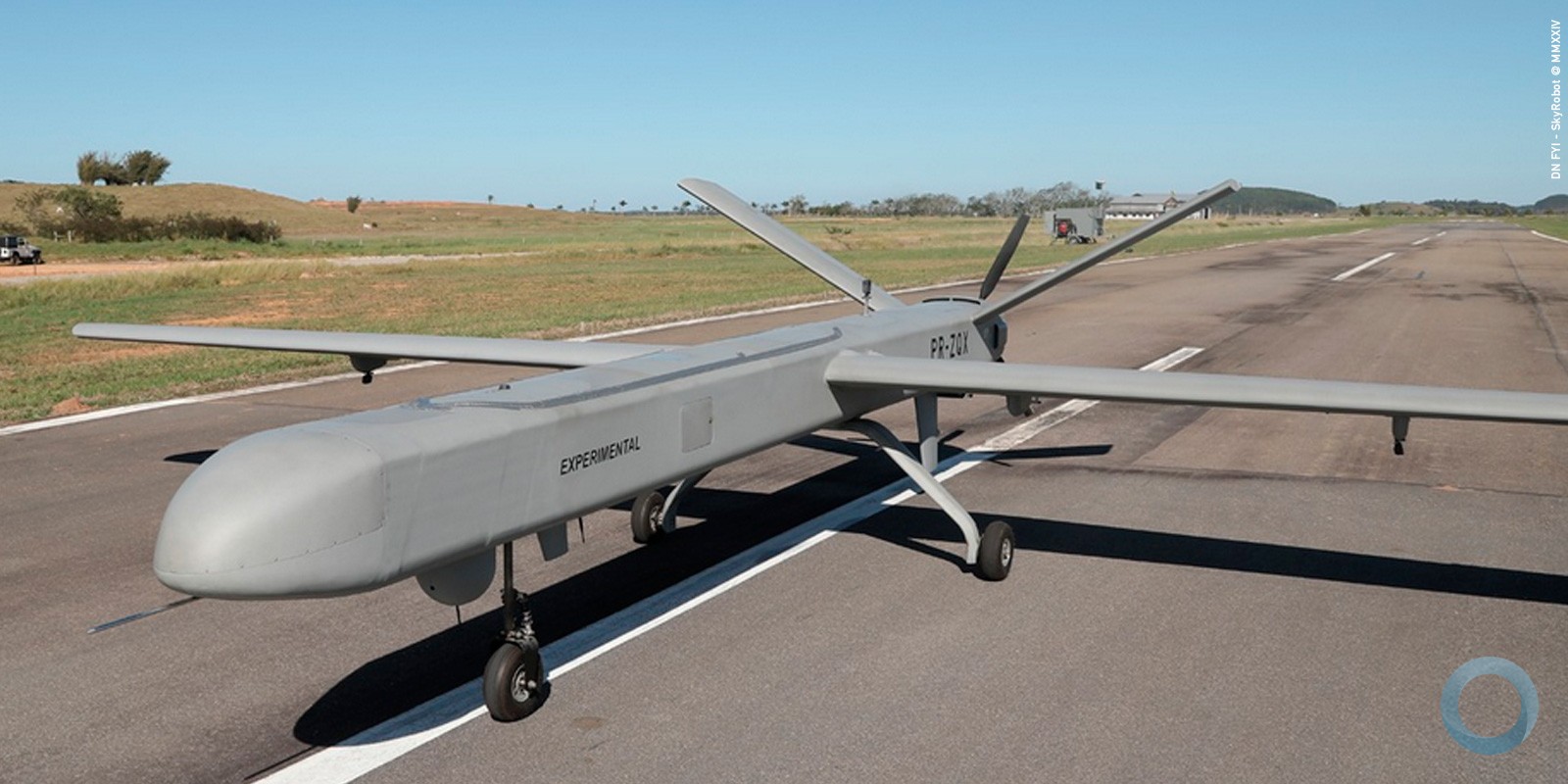STRATFOR
Forecast
- China's national rollout of a more robust surveillance program will improve its ability to control and prevent demonstrations.
- The program will be most effective in wealthier regions where governments can afford the administrative costs.
- Aggregating surveillance data in a centralized database will firm up Beijing's control over local and municipal governments.
Analysis
"The sky is high, and the emperor is far away," says one Chinese proverb. For centuries, whatever ruler sat in China's capital was hard-pressed to stay apprised of daily events at the far reaches of his empire. He could employ spies and police, but the sheer size of China's territory and the density of imperial bureaucracy conspired to slow the spread of information. Even in the past decade, armed with 21st century technology, China has had trouble turning the massive amounts of data it collects on its citizens into a useful tool for social control.
But all that is changing. For the past several years, the Chinese government has been working on a project that marries big data analytics with its existing surveillance practices. What China is calling its new "grid management system," once fully implemented, will give the Chinese Communist Party an unprecedented level of oversight of its population.
China's surveillance techniques are already aggressive by any standard. Citizen watches patrol neighborhoods, on the lookout for anything out of the ordinary. Police tail and report on persons of interest, and video cameras are deployed throughout cities to capture the slightest suggestion of wrongdoing. Even in online chat rooms and blogs, China's citizens have little privacy: Government censors comb through content and at times even engage in ongoing chats to draw out and identify dissidents.
Yet even those controls are not enough to quash all traces of discontent. In March, for instance, protests erupted in a mining town in the economically troubled Heilongjiang province, where a local, government-owned mine had not paid its workers in six months. The crowds grew so large that neighboring towns had to send in some of their own troops to help restore order.
Maybe the lack of pay was unavoidable, a function of tightening budgets. But if Beijing had known about the miners' plans beforehand, provincial officials might at least have opened a dialogue with its discontented workers. Authorities might even have detained ringleaders before they could encourage their peers to fill the streets.
Exerting Firmer Control
The new grid management system promises to help the Chinese government act sooner to contain social unrest. China is already gathering massive amounts of data on its people. It has been for years. But with information coming in on so many platforms, even a well-staffed government may struggle to parse the useful from the mundane — unless it has the help of a state-of-the-art program that can run data analytics on a well-ordered database. For the past five years, China's government has been building exactly that kind of system.
Officials started in 2011 by organizing China's geography into something they could encode and therefore track. They carefully catalogued every inch of every Chinese province and broke it into administrative blocks. Within each administrative block, every bit of fixed infrastructure had to be assigned a 14-digit code and entered into the database — everything from a skyscraper to a manhole or a park bench.
To gather data and, later, to monitor the grid, China hired thousands of low-level government employees who input data and manage specific populations (boosting employment numbers in the process). In the large southern city of Guangzhou, for example, about 12,000 employees monitor 200 households each.

The new system then brings Chinese surveillance into the 21st century. Grid administrators aggregate their reports into one enormous surveillance database, where it is combined with data collected from video cameras and web censoring. Authorities can analyze that data to detect trends in hopes of pre-empting social unrest. For instance, if more than three protests occur in one town within a certain period, the new system could alert administrators, who could then send more police to that area or make other policy adjustments to maintain stability.
An Age-Old Practice
At its core, this kind of social management is hardly an innovation of the Xi Jinping era. Basic ideas on Chinese social control go back to the imperial era, when authorities organized households into units, and participating citizens patrolled the neighborhood to identify and report any disruptions. They called this the baojia system.
After the founding of the People's Republic of China, the Communist Party at first dismantled these neighborhood watches. Later, the new government resurrected them in various forms as part of a multilevel surveillance system. Working alongside police stationed throughout towns and cities, local residents watched and reported on their neighbors, while also gathering census data for the government. In cities, citizens reported to state-owned enterprises, while in rural areas they were members of state-organized communes. Either way, residents' communities controlled every detail of their lives.
With the introduction of economic reforms under Deng Xiaoping, rapid economic growth mixed up traditional social arrangements and created potential sources of unrest. At the same time, the demise of the planned economy robbed the state of some of the direct power it had exercised over its citizens. Communes were dismantled, and state-owned enterprises lost their privileged position. Countless workers left the state sector of their own accord, and restructurings led to the layoffs of around 40 million workers from the bloated state sector between 1995 and 2002, leading to the exit of millions from the traditional work unit.
The neighborhood committees, too, fell into relative neglect. Their aging volunteers continued to provide some basic services and serve as neighborhood watches, but on the whole they faded into the realm of formality. By the end of the 1990s, many parts of the traditional grassroots surveillance apparatus were moribund.
Renewing State Oversight
Starting around 2000, there was a steady push to fill holes in China's public surveillance architecture. Adding to the existing system of police and neighborhood committees, China set up special urban police forces called the Chengguan. The unit would conduct surveillance and low-level law enforcement. Meanwhile, Chinese authorities were already putting together the procedures and computer database that would constitute today's grid management system. From 2004 to 2007, China conducted three waves of tests covering 51 pilot areas; afterward, the grid and database system was phased in throughout the country. Cities such as Guangzhou started tests as late as 2014.
With the new database up and running, and with grid administrators entering events of note even as they unfold, Chinese authorities theoretically have the power to respond to threats almost immediately. The use of statistical analysis and geographical information systems may help the administration efficiently distribute relatively limited surveillance resources, such as police patrols and surveillance cameras, as well as other public services such as health care.
Importantly, the database allows leaders at the higher levels of government to bypass potentially unreliable local officials. Provincial and municipal leaders often suppress information that could hurt their career. But a computer system has no such qualms. If it is effectively implemented, the surveillance grid provides the central government a much higher level of control over local governments, essentially making it more difficult for midlevel officials to hide any local disruption or, potentially, their own mismanagement of the situation.
Uneven Implementation
But grid management and surveillance will be more effective in some regions than in others. Restrictions on access to credit, along with weak moves toward fiscal reform, have recently left local governments severely underfunded. Richer parts of China have the resources to conduct high-quality surveillance and manage the data. Poorer municipal governments, however, may find the administrative costs far too burdensome. China will become adept at gathering data in large cities such as Shanghai, but in historically poorer areas, where local unrest is already harder to track, surveillance will remain weak.
This unequal implementation will become more pronounced over time. China plans to move 100 million rural citizens to cities by 2020, and much of this urbanization will occur in poorer inland areas. Yet these are precisely the regions where underfunded local governments lack the resources to conduct adequate surveillance.
China may encounter other logistical obstacles as well. Local implementation may lead to problems harmonizing the gathering and entry of data between cities, for example. And just as lower-level administrators have hidden information from the central government in the past, grid administrators hired by those very local governments may be pressured to do the same.
Difficulties aside, China's systematic gathering of data gives the central government more power to monitor and respond to local disruptions. That power is all the more important for Chinese leaders at a time when the country's deepening economic challenges will almost certainly stoke unrest. Slow growth and painful industrial consolidation will leave some segments of China's population out of work and without the support of social services. In the face of such uncertainty, China is betting that close monitoring and quick, even pre-emptive action will help prevent protests, maintain stability and bolster the legitimacy of Communist Party rule.




























